A Tea Tasting Masterclass at Twinings, London
April 30, 2016I recently found myself with a whole day in London with no pre-made plans. What to do I wondered? Visit the Twinings Shop and museum – it was suggested to me – the shop has been there for several hundred years!
A perfect idea.
I emerged from the Tube at the Temple station right next to the River Thames. I wandered up the hill towards the Strand and was astonished to see the Royal Courts of Justice looming in front of me.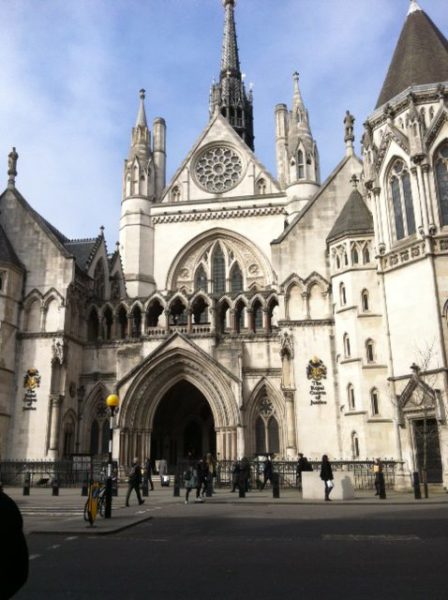 The TWININGS Shop is immediately across the street from the Courts. I was again surprised to see in contrast, the small narrow doorway that was marked TWININGS that lead into the long narrow shop.
The TWININGS Shop is immediately across the street from the Courts. I was again surprised to see in contrast, the small narrow doorway that was marked TWININGS that lead into the long narrow shop. 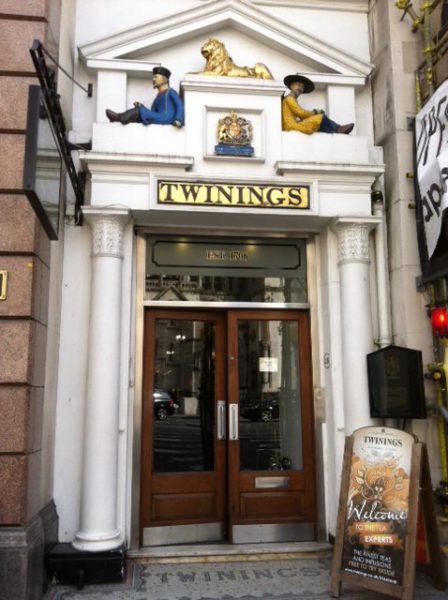 This is the original shop in which Thomas Twinings set up his business at the end of the 17th century. That’s over 300 years ago and the business has been in the same location all those years.
This is the original shop in which Thomas Twinings set up his business at the end of the 17th century. That’s over 300 years ago and the business has been in the same location all those years.
At the front of the shop are shelves full of the many teas that Twinings sell. At the very back is a small collection of archives related to the Twinings business and the business of tea itself. All very interesting,
But in between is a counter with bar stools and all the accoutrements for making and sampling tea. This was the place. Everything was ready for the Tea Masterclass. It was to last two hours – a serious affair for those who want to learn about tea.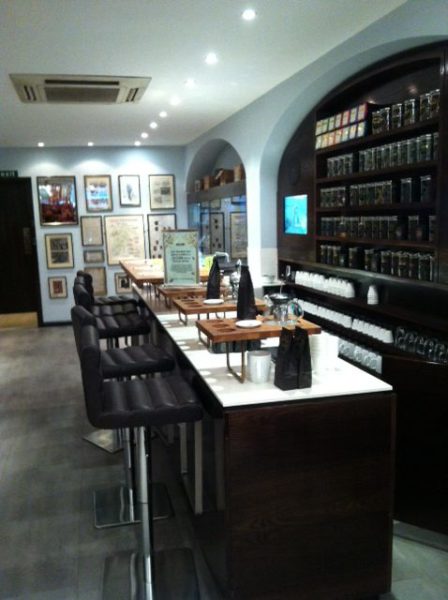
We covered everything from the Portuguese Catherine of Braganza who was married to Charles II who introduced the practise of drinking tea to the UK to the botanist Robert Fortune who clandestinely located and pilfered the tea plant from China to be transplanted within the British colonies for self serving production. We were given a history of the Twinings family beginning with Thomas Twinings who began the business 310 years ago ending with today, ten generations later, with Stephen Twinings still working for the business.
And then on to the tasting of tea itself. The “ambassador” chooses a range of six teas to taste in order to learn about the various types of tea. White tea is the tea made from the youngest tea buds of the plant. Once steeped it is very pale in colour – almost colourless – and very mild in taste. But surprisingly, white tea has the most caffeine! The more the tea leaves are processed, the less caffeine there is in the final drink.
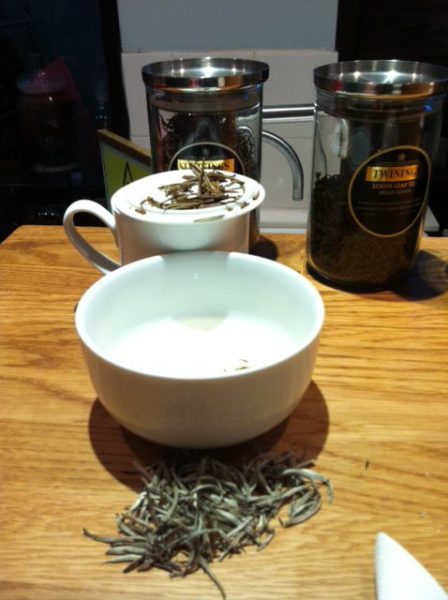
We were offered a pinch of dry tea leaves to smell, and feel before the ambassador poured the hot water (100C for black tea, lower for green tea) over the tea leaves within a small ceramic pot, let them steep for a precise three and a half minutes and then offered each person a spoon full of tea. We were taught the method of tasting tea fully; breathe in through the nose, breathe out through the mouth and quickly slurp up the tea from the spoon. The breathing and slurping allows the taste to go right up into the nasal passage, giving a full taste of the tea. Discussion followed each slurping experience with creative adjectives applied to the new taste. We ended each taste by examining the tea leaves after they had been used.
We went through this process with the white tea, followed by yellow tea, two types of green tea and ending with two types of black tea. The further across the spectrum we went, the less caffeine the tea had. But by the halfway point my head was buzzing with the caffeine affect. The white tea and green tea were very powerful with caffeine.
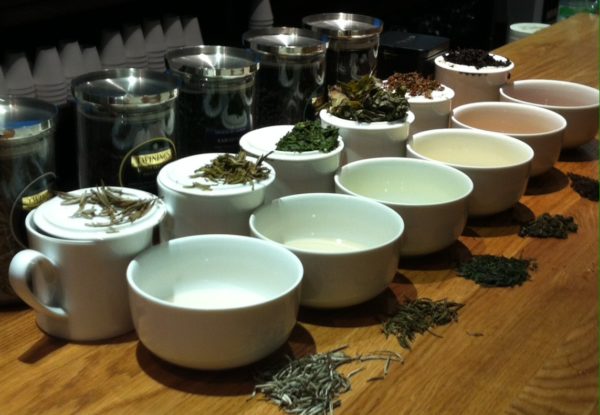 At the end of our tasting, we had a nice line up of 6 pots of tea with the dry leaves in front and the used tea leaves on top of the pot.
At the end of our tasting, we had a nice line up of 6 pots of tea with the dry leaves in front and the used tea leaves on top of the pot.
 When the Masterclass was over, I took time to study the many teas available on the shelves and choose some to purchase. In the masterclass I especially enjoyed Yunnan Golden Tip, a black tea and so I bought a tea caddy of that. Of course as our lovely Queen Elizabeth is celebrating her 90th birthday this year I had to buy a tea caddy of The Queen’s 90th Birthday Tea, made especially for her birthday to join in her celebrations!
When the Masterclass was over, I took time to study the many teas available on the shelves and choose some to purchase. In the masterclass I especially enjoyed Yunnan Golden Tip, a black tea and so I bought a tea caddy of that. Of course as our lovely Queen Elizabeth is celebrating her 90th birthday this year I had to buy a tea caddy of The Queen’s 90th Birthday Tea, made especially for her birthday to join in her celebrations!